Water & Air Quality Testing
We provide water and air quality testing services, including surveys, risk assessments and sampling, to help you to ensure a safe and legal working and living environment. Get a FREE quote today
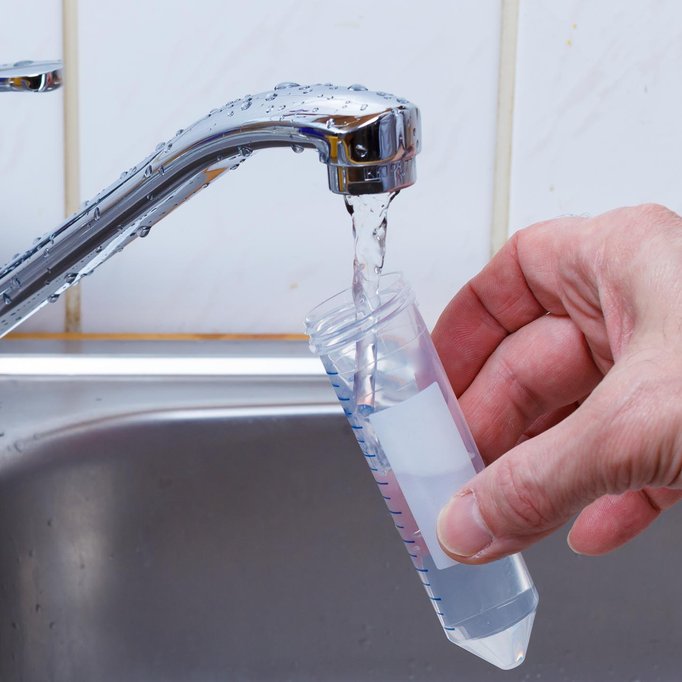
Water testing is crucial for adhering to regulatory standards and safety protocols essential for maintaining the purity of water, encompassing a multitude of methods to evaluate and ascertain the quality of water. This imperative process applies to all stakeholders within the water industry, including governmental entities, diligently overseeing water quality to safeguard the public from the potential health hazards associated with chlorinated water, as well as homeowners, who seek to verify the suitability of their water for consumption.
Whether the water is intended for commercial, agricultural, residential, or communal use by municipalities and private individuals, routine testing remains imperative. Its purpose is to consistently uphold the safety and environmental integrity of water sources, mitigating potential health risks and ecological concerns.
Air quality testing is a process used to assess and measure the composition of air in a specific environment. It involves collecting samples of air to analyse the concentration of various pollutants, including but not limited to:
Particulate Matter: Fine solid or liquid particles suspended in the air, which can include dust, soot, and smoke. Particulate matter can have adverse health effects when inhaled.
Gases: This includes pollutants like carbon monoxide (CO), nitrogen dioxide (NO2), sulphur dioxide (SO2), ozone (O3), and volatile organic compounds (VOCs). These gases can emanate from a variety of origins, such as industrial operations, transport systems, and natural phenomena.
Airborne Allergens: This encompasses substances like pollen, mould spores, and other allergy-inducing particles that can affect the health of the respiratory system, particularly for people suffering from allergies or asthma.
Microorganisms: Bacteria, viruses, and other pathogens that can be present in the air and potentially cause respiratory illnesses.
Radon: Radon is a naturally occurring radioactive gas that can seep into buildings and pose risks to the occupants' health.
Asbestos and Other Fibres: Airborne fibres from materials like asbestos can be harmful if inhaled, potentially leading to lung diseases.
Indoor Air Quality: This includes factors like humidity, temperature, and the presence of volatile organic compounds (VOCs) from building materials, furnishings, and cleaning products.
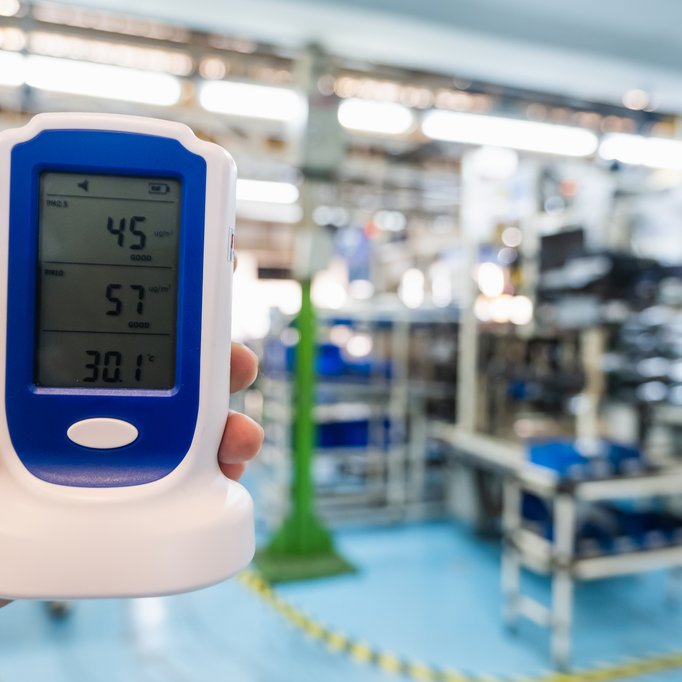
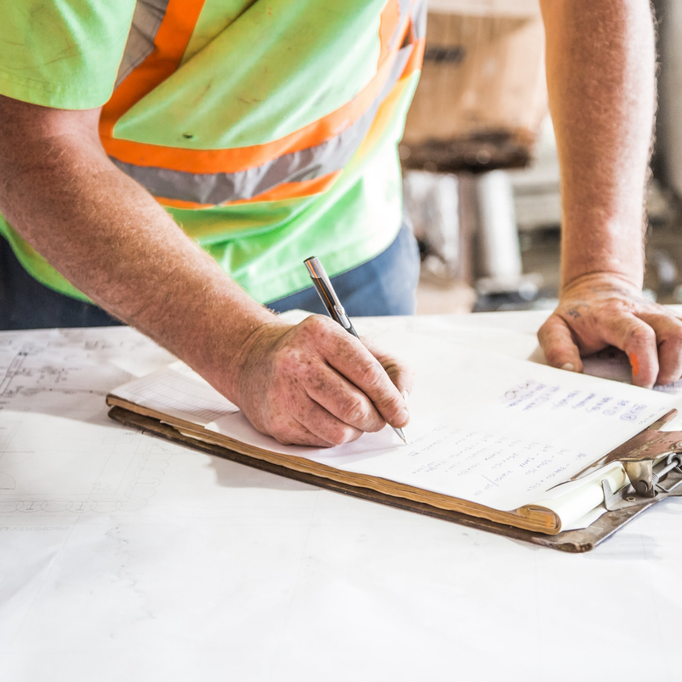
We offer pre-treatment bacterial and fungal surveys, to assess the level of bacterial and fungal contamination present in ductwork systems. To carry out these surveys, we employ a variety of techniques that allow us to accurately identify and quantify the presence of bacteria and fungi in the ductwork. These techniques may include air sampling, surface swabbing, and visual inspections. By combining these methods, we can obtain a comprehensive understanding of the microbial contamination within the ductwork.
Air sampling involves collecting air samples from various points within the ductwork system. These samples are then analysed in a laboratory to identify the types and concentrations of bacteria and fungi present. Surface swabbing, on the other hand, involves taking swabs of surfaces within the ductwork to determine the presence of microbial growth. Visual inspections are also conducted to identify any visible signs of contamination, such as mould growth or biofilm formation.
Once the surveys are completed, our team of experts analyse the data and prepares a detailed report outlining the findings. This report serves as the basis for developing an effective cleaning program, known as TR19 ductwork cleaning.
Our team is highly skilled and experienced in conducting comprehensive risk assessments for all types of air ducted systems, to HVCA (Heating and Ventilating Contractors' Association), TR19 (a technical guidance document for the cleanliness of ventilation systems), and BSRIA (Building Services Research and Information Association) specifications. We help our clients ensure the safety, efficiency, and compliance of their ventilation systems.
During the Risk Assessment process, we thoroughly evaluate the potential hazards and risks associated with air ducted systems, including cleanliness, functionality, and overall condition. Our experts meticulously inspect the ductwork, checking for any signs of contamination, blockages, or damage. We also assess the effectiveness of the system in terms of air circulation, temperature control, and noise levels. By conducting these assessments, we can identify any potential risks or areas that require improvement.
Once the Risk Assessment is complete, we provide our clients with a detailed report that outlines our findings, recommendations, and any necessary actions to mitigate the identified risks. Our team is equipped with the knowledge and expertise to offer practical solutions and guidance to address any issues identified during the assessment.
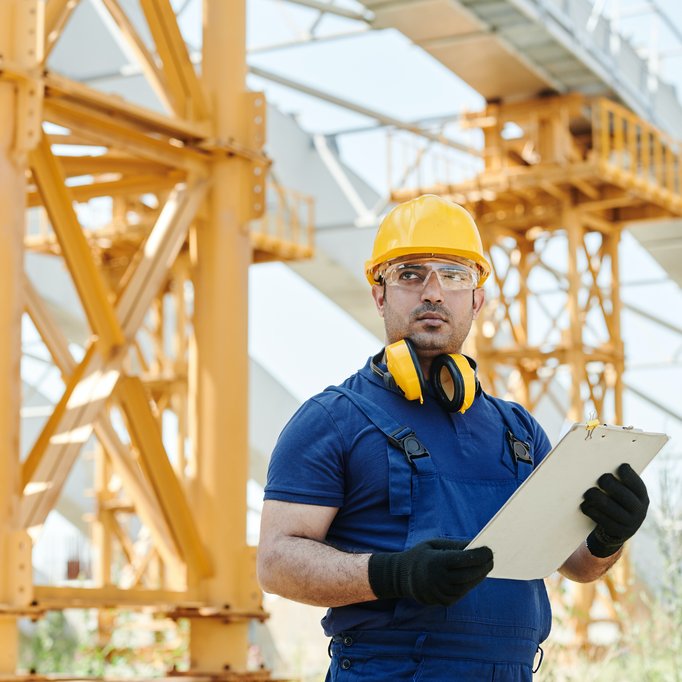
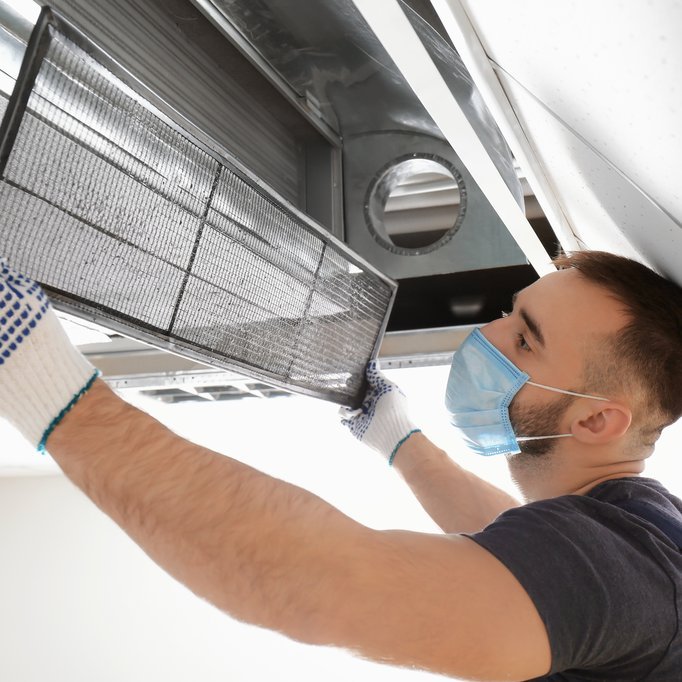
Collecting samples of indoor particles, bacterial and fungal populations, carbon dioxide and monoxide concentrations, as well as temperature and humidity levels is crucial for maintaining a secure and legally compliant living and working environment. The risk of contracting Legionella is severe and potentially fatal.
Many of us assume that we have guaranteed access to safe water for drinking and washing in our workplaces or commercial buildings, but this is not always the case. The building's owner is responsible for ensuring that the water on their property is safe for use, consumption, and for maintenance workers to work on safely. Water testing is a significant factor in achieving this.
For more information or for a FREE quote, call us on 0344 499 7574 or email info@greenzonesurveys.com.
Below are some frequently asked questions to provide you with further information about water and air quality.
Regular water testing allows building owners and operators to:
• Perform tests to ensure their chosen compliance regime is fit for the purpose.
• Ensure the building has suitable drinking water.
• Track changes in water quality over time.
A good water testing programme may test all of the following:
• The chemical make-up of water
• Legionella - the bacteria that causes Legionnaires’ disease
• Pseudomonas - bacteria that can lead to damaging blockages and corrosion of pipework
• Physical parameters - testing for total and suspended solids
• Metal parameters - testing for metals determines asset wear, system integrity and water quality
• Corrosion, scale and contaminants - reveal water quality, underlying system parameters and safety
• Total viable count (TVC) - estimates the total numbers of microorganisms, such as bacteria, yeast or mould species and gives an overall indication of the general water quality
In today’s world, a good majority of us now spend a large proportion of our time indoors. That means the air quality of our indoor workplace and home environments, including the air we breathe, is as clean and healthy as it can possibly be. The quality of indoor air is becoming far more important to homeowners, businesses and other organisations as it can significantly impact workplace health and well-being, employee comfort, attendance and productivity issues. Poor indoor air quality can result in significant numbers of occupants experiencing discomfort, increased work-related illness issues and reduced productivity at the extreme end of This is often referred to as Sick Building Syndrome and requires expert advice and evaluation if a solution is to be found.
Indoor air quality is now used by many organisations to evaluate indoor environments and how this impacts the health, comfort and productivity of their employees and other building occupants. The quality of the air inside an office, factory or home can be influenced by a range of factors, including air flows, ventilation, air conditioning, the accumulation of gases, odours, contaminants, and fluctuations in temperature and humidity.





